The 4 Types of Bicycle Mirrors: Tips on Choosing the Most Suitable Type
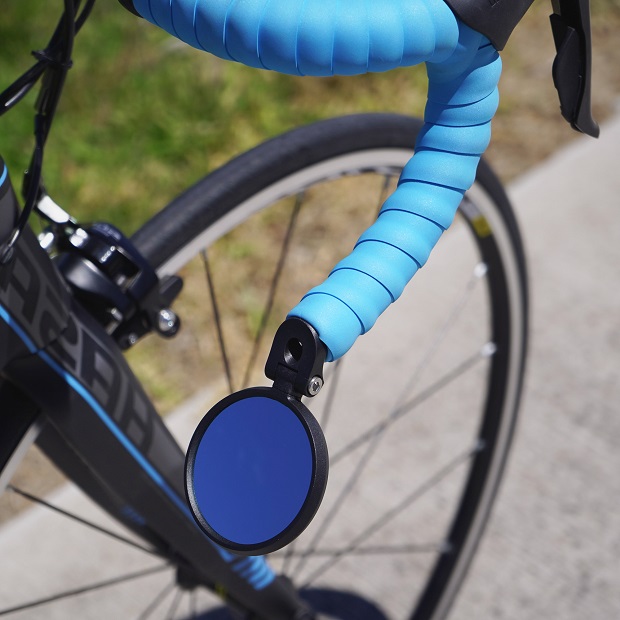
Bicycle mirrors are one of the topics that cause arguments on almost any cycling forum online, typically leaving a ton of acrimony hanging in the ether. Road bikers think they’re too cool to use mirrors, while mountain bikers say they don’t use them as they break too often. But recumbent riders and commuters will eventually gravitate towards installing mirrors sooner or later. Personally, I like my bike handlebar mirrors, as they provide me with a clear vision of the sides and rear, allowing me to switch lanes and maneuver through traffic safely.
If you’re looking to get a pair of bicycle mirrors, there are a couple of important things to consider. There are four basic types of bicycle mirrors, all of which are pretty affordable. Each of these types has its own distinctive characteristics of mounting, clarity, susceptibility to fog/frost and vibration sensitivity.
Handlebar Mirrors
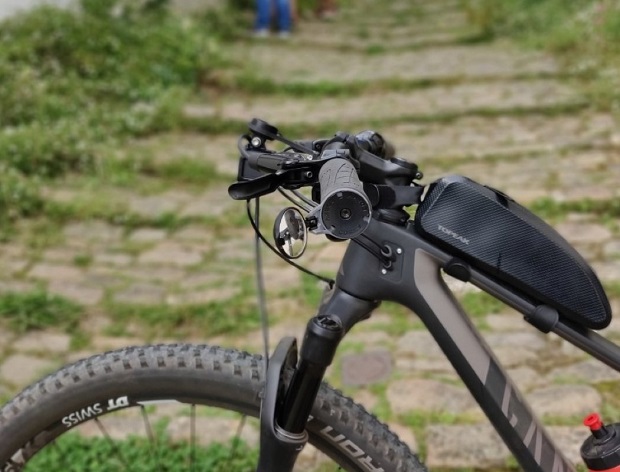
These are designed to fit at the end of the handlebars and stick out further than your widest part. There are several ways that bike handlebar mirrors can be attached. Some just replace the end-plug of the bars, while others use swing-away hinges. Venzo mirrors are some of the best handlebar cycling mirrors available, and Rhode Gear makes some pretty nice mirrors as well.
The downside to handlebar mirrors is that you have to buy one for each bike you own, as they don’t transfer easily. If the mirror is attached with Velcro, however, you can easily move the mirror to another bike. Another downside is that when you tip over and hit the ground, the handlebar mirror will get damaged first. Some mirrors have swing-away mounting, while most feature breakaway mounting.
Helmet Mirrors
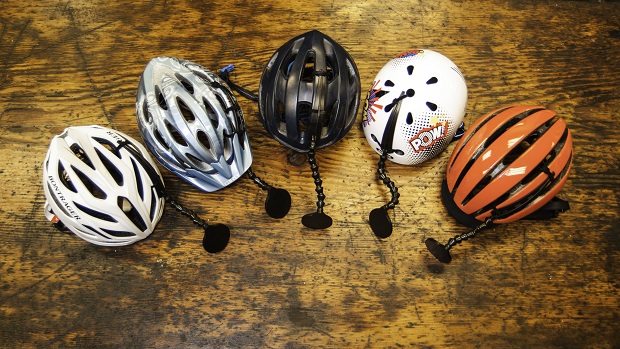
Helmet mirrors are available in two types that differ in how they’re mounted. One type is mounted on the hard shell with a screw clamp arrangement, while the other one is mounted with a glue patch. The mirror is positioned on a stalk above and to the sides of your eyes. They sit well outside your balaclava, hood and helmet, so the only obstruction you’re facing is your shoulder or long hair. Turning your head slightly will allow you to get a glance at what’s behind you. These are affordable and easy to attach, and you can use them on any type of bike you ride, as long as you have your helmet on.
The downside to these mirrors is that you have to store the helmet carefully. Further, they can be hard to place right because if your helmet moves even slightly, the mirror will shift from its original position. Lastly, these mirrors suffer from vibration more than any other model.
Eyeglass Mirrors
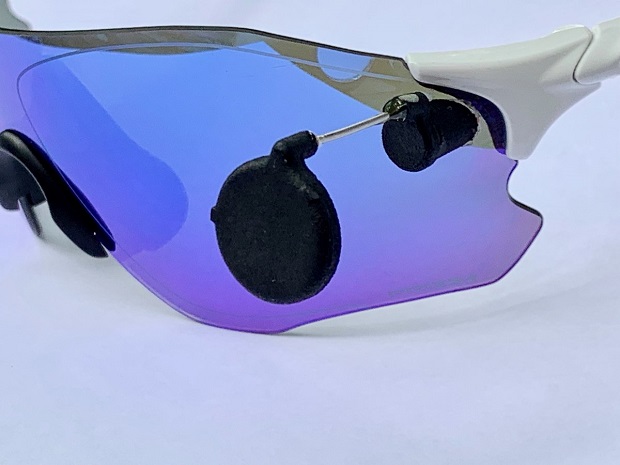
Eyeglass mirrors are attached to the bow or temple of your bicycle glasses. They usually use a three-point mount and are positioned either at the same level as your eye or just above it, far enough to the side to clear your balaclava and helmet. Similarly to helmet mirrors, all you have to do is slightly turn your head for a full glance of what’s behind you. These mirrors are less prone to vibration than other types.
On-Lens Mirrors
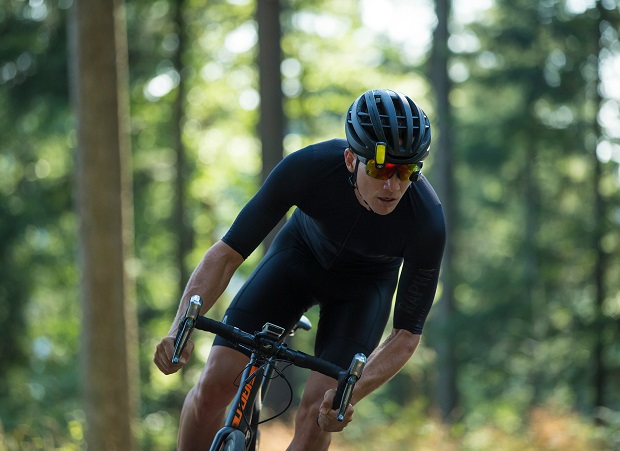
The last type of mirrors is on-lens mirrors, which are high-quality pieces attached right to the inside of your cycling glasses. They’re small and feature an adjustable swivel base. These mirrors are meant for eyeglasses wearers, but they won’t work if you need the correction supplied by your prescription lenses. That being said, they’re best for cyclists who wear sunglasses or cycling glasses without correction for distance vision. They also don’t work with wrap-around glasses. Due to the fact that these mirrors are placed inside your glasses, the rearview vision is blocked by your head, and you’ll have to turn your head to scan the traffic behind you. These mirrors are hardly visible, making them ideal for people who don’t want to use conventional models.
Many people are against mirrors out of the fear of getting injured during a crash, but I personally haven’t heard about this type of incidents happening. People who wear eyeglasses are protected by their prescription lenses, as they wear plastic instead of glass. Another reason why people don’t like using cycling mirrors is the need to turn their head to make sure there’s nothing behind them. But this also happens when you’re driving your car and peek through the side mirror before you start merging into the passing lane, only to hear a horn from another vehicle coming through the blind spot. Helmet and eyeglass mirrors don’t have a blind spot, and you can get a full view of what’s behind you by turning your head 10 to 20 degrees. And lastly, people argue that the mirrors pose a distraction while they’re driving, but in reality – you’ll get used to them after just a couple of weeks.






